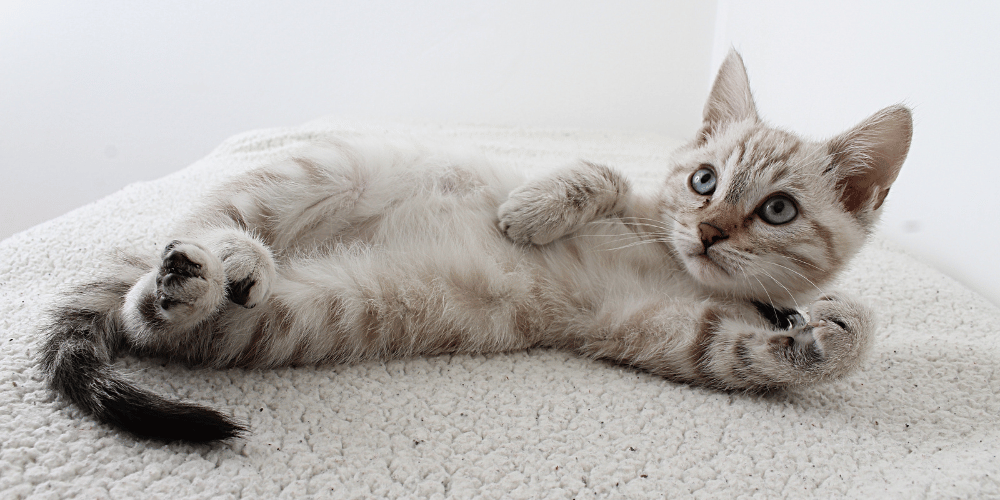As a cat owner, you know how important it is to choose the right litter for your furry friend. There are two primary types of cat litter in the market: clumping and non-clumping. In this blog post, we will discuss the differences between these two types of litter and which one could be the best option for different cat owners.
Clumping Cat Litter
Clumping cat litter is made using bentonite clay or silica gel, which forms clumps when it comes into contact with liquid waste, making it easy to scoop out the waste. Clumping litter is usually more expensive than non-clumping litter but provides many benefits.
Pros:
One of the main advantages of clumping cat litter is that it makes it easier to maintain a clean litter box. The clumps of urine and feces can be easily removed, leaving behind a fresh-smelling litter bed. Additionally, clumping litters are highly absorbent and help to reduce odors.
Cons:
Clumping cat litter can be dusty, which can cause respiratory problems for both cats and humans. The dust can also settle on furniture and other surfaces, creating a mess. Additionally, clumping cat litter is not biodegradable and can cause environmental pollution.
Non-Clumping Cat Litter
Non-clumping cat litter is made from a variety of materials, including clay, recycled paper, and wood chips. Unlike clumping litter, non-clumping litter does not form clumps when it comes into contact with liquid waste. Instead, the urine and feces are absorbed into the litter bed, making it harder to remove the waste.
Pros:
Non-clumping cat litter is generally less expensive than clumping litter. It is also less dusty, making it an ideal choice for cats with respiratory problems. Additionally, non-clumping litter is biodegradable, making it an eco-friendly option.
Cons:
Non-clumping cat litter can be challenging to clean. As urine and feces are absorbed into the litter bed, it can be challenging to remove all of the waste. This can lead to odors and the need for more frequent replacement of the litter. Additionally, non-clumping litter is not as absorbent as clumping litter, which means that it may need to be changed more often.

Which One is Best for You?
The choice between clumping and non-clumping cat litter ultimately depends on your preferences and your cat's needs.
If you have a busy lifestyle and do not have time to clean the litter box frequently, then clumping litter may be the best option for you. It makes it easier to maintain a clean litter box, reduces odors, and is highly absorbent. However, if you or your cat has respiratory problems, then non-clumping litter may be the better option as it produces less dust.
If you prefer an eco-friendly option or have multiple cats using one litter box, non-clumping litter could be the better option as it is less expensive and biodegradable.
Conclusion
Clumping and non-clumping cat litter each have their advantages and disadvantages. Both types of litter can be effective at controlling odors and keeping the litter box clean. Ultimately, the choice between clumping and non-clumping litter will depend on your personal preferences, your cat's needs, and your budget. Consider the factors we have outlined, such as price, absorbency, odor control, and dust and tracking issues, to choose the best litter for you and your furry friend. Remember, regardless of the type of litter you choose, it is essential to keep the litter box clean and hygienic to ensure your cat's health and happiness.
Thank you for visiting LegitLists we hope this helps you make a legitimate choice!
Our goal is to provide you with the information you need to make legitimate choices. If you buy something through our links, we may earn a commission.






